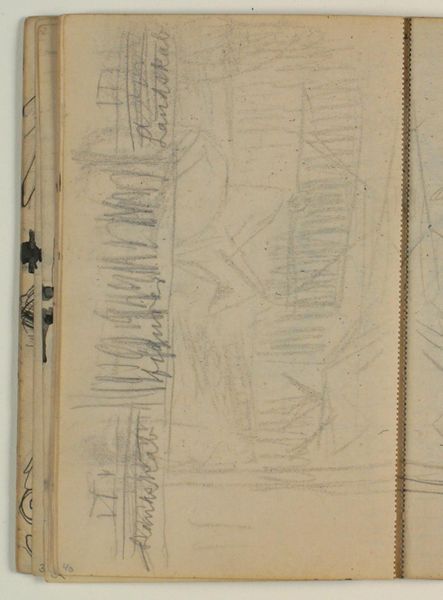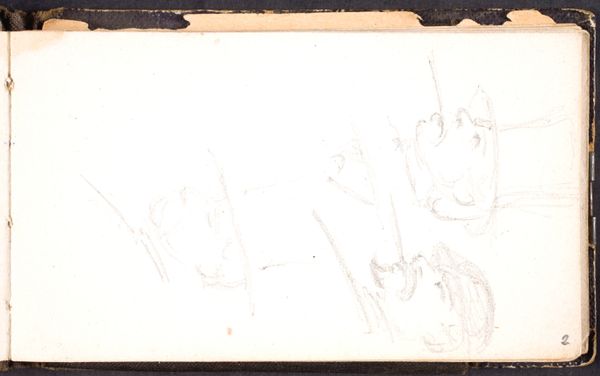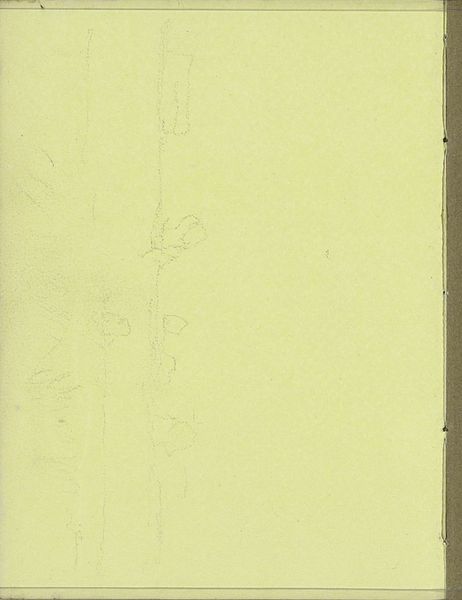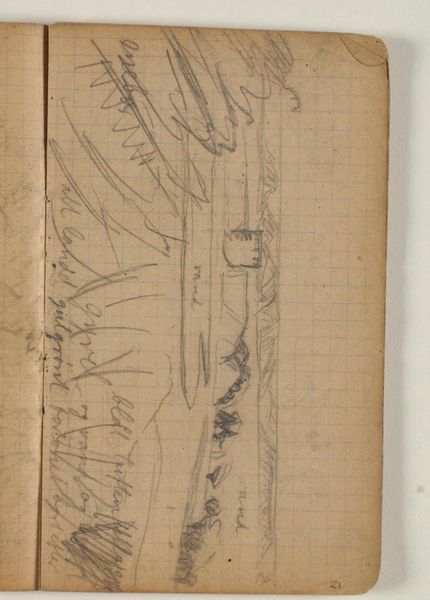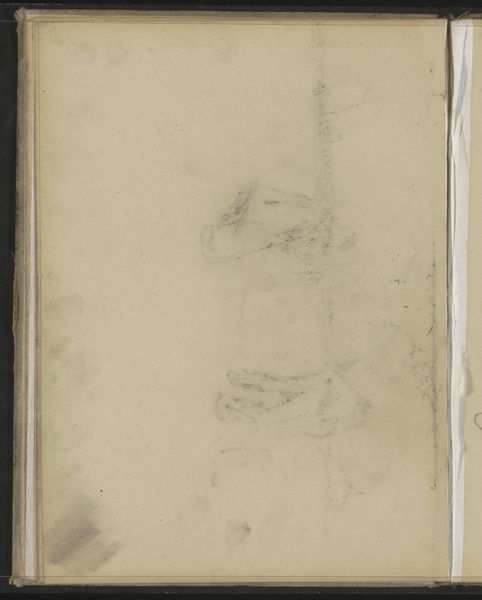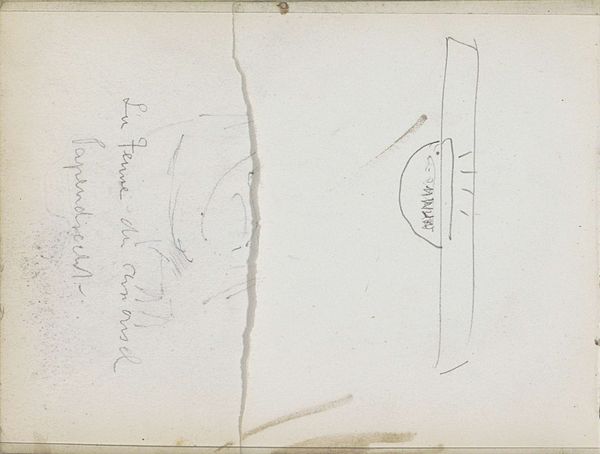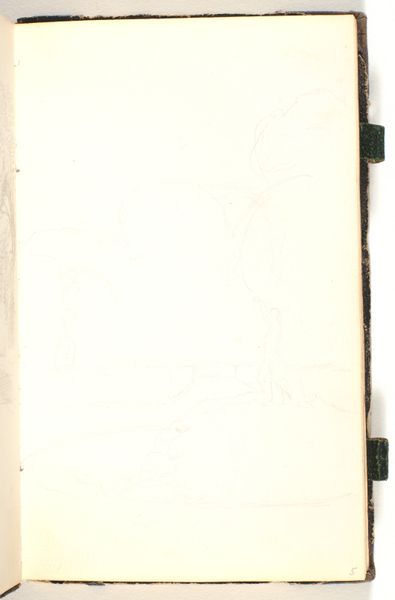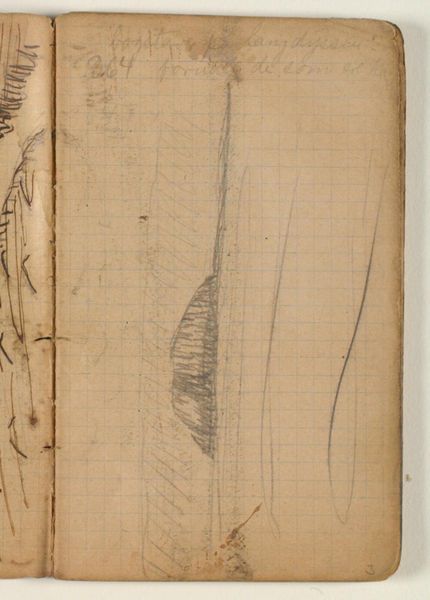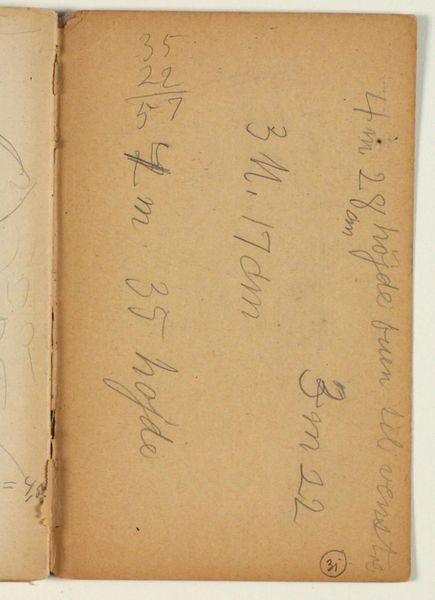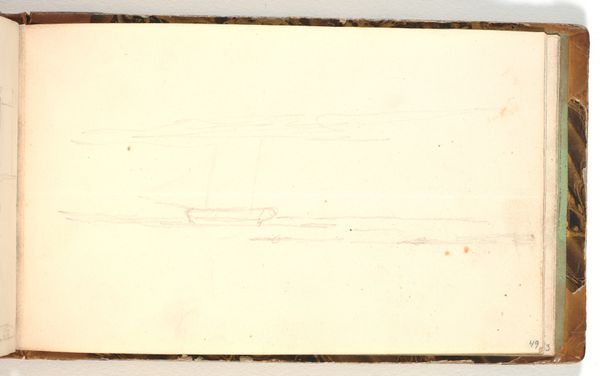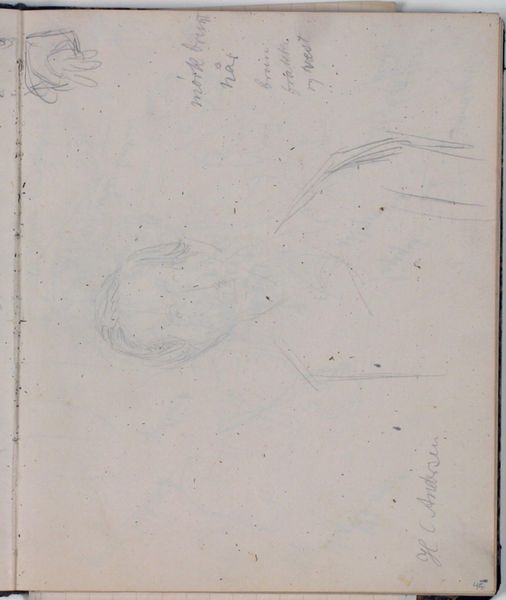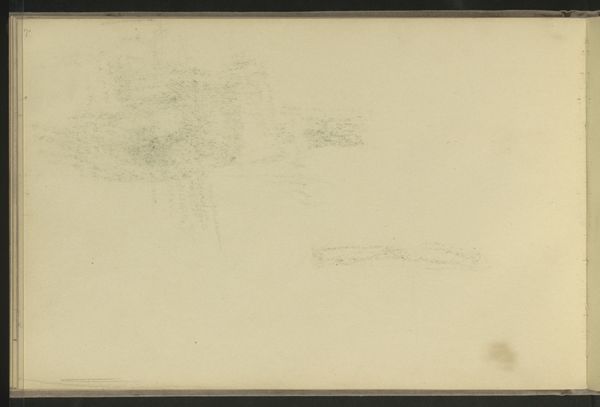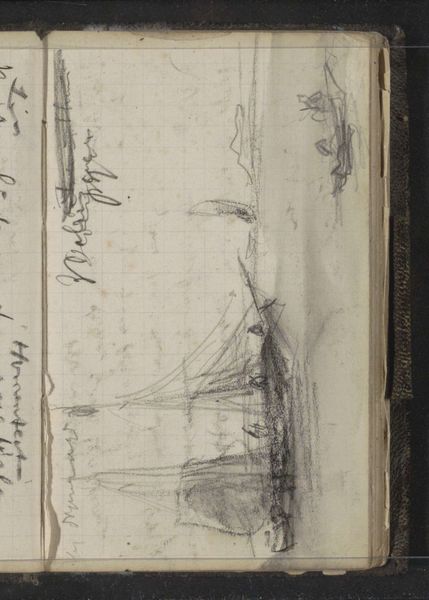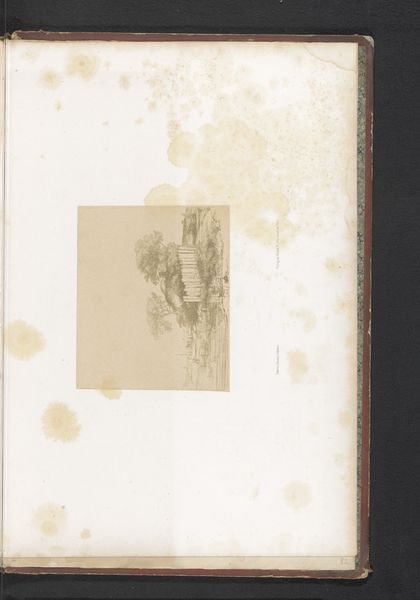
Top of Pine Hill, Walton, 1871 (from Sketchbook) 1870
0:00
0:00
drawing, pencil
#
drawing
#
landscape
#
pencil
#
hudson-river-school
#
realism
Dimensions: 5 1/2 x 8 3/4 in. (14 x 22.2 cm)
Copyright: Public Domain
Curator: What we have here is a sketch from Daniel Huntington, aptly titled "Top of Pine Hill, Walton, 1871." This quick rendering, in pencil on paper, captures a vista in upstate New York, showcasing Huntington's skill as part of the Hudson River School. Editor: There's a melancholic air about this scene for me, it is muted, quiet and intimate, like a stolen moment of observation and introspection. You can sense the wind in the trees, though everything feels held, suspended. I’m curious about the political or social factors that colored such views during this post-Civil War period. Curator: The Hudson River School artists like Huntington saw it as their role to display the grandness of the American landscape. They offered reassurance, showing an untamed natural world flourishing even amid societal upheavals and Reconstruction-era anxieties. The Sketchbook and its studies after nature held significant didactic purpose. Editor: So, an attempt at a nationalist, yet deeply coded, symbolism then. But it’s hard to divorce the ideal from the realities of expansion. I see these kinds of renderings from a lens of colonial and industrial encroachment, because where others see "untamed," I’m forced to ask “untamed for whom?” What voices are rendered invisible within this picturesque panorama? Curator: I can certainly appreciate that critical lens. Although, there is something appealing to the directness and intimacy of Huntington's work; consider that sketches like these weren't typically meant for public display, but were private explorations that later formed the foundation for larger, more polished paintings. The realism of the Hudson River school movement aimed for this natural directness, as you pointed out. Editor: True. I guess for me, the muted tones amplify a subdued quiet, and the intimate sketchbook format invites that slower consideration of the scene and of the era itself. I keep thinking about what that era meant for marginalized groups. It pushes me to contextualize images like this rather than appreciate their sheer artistic intention. Curator: That's an incredibly salient point about the social narratives imbedded within seemingly apolitical artworks, but it can be important to be open to Huntington’s original inspiration too. Looking at "Top of Pine Hill, Walton," within the tradition and intention behind it enriches, and complicates, our understanding of how we interpret historical artwork. Editor: Absolutely. It's about recognizing the multifaceted dialogue that art opens up. Understanding both its genesis and its subsequent historical interpretations allow it to really converse with modern viewers like myself.
Comments
No comments
Be the first to comment and join the conversation on the ultimate creative platform.
